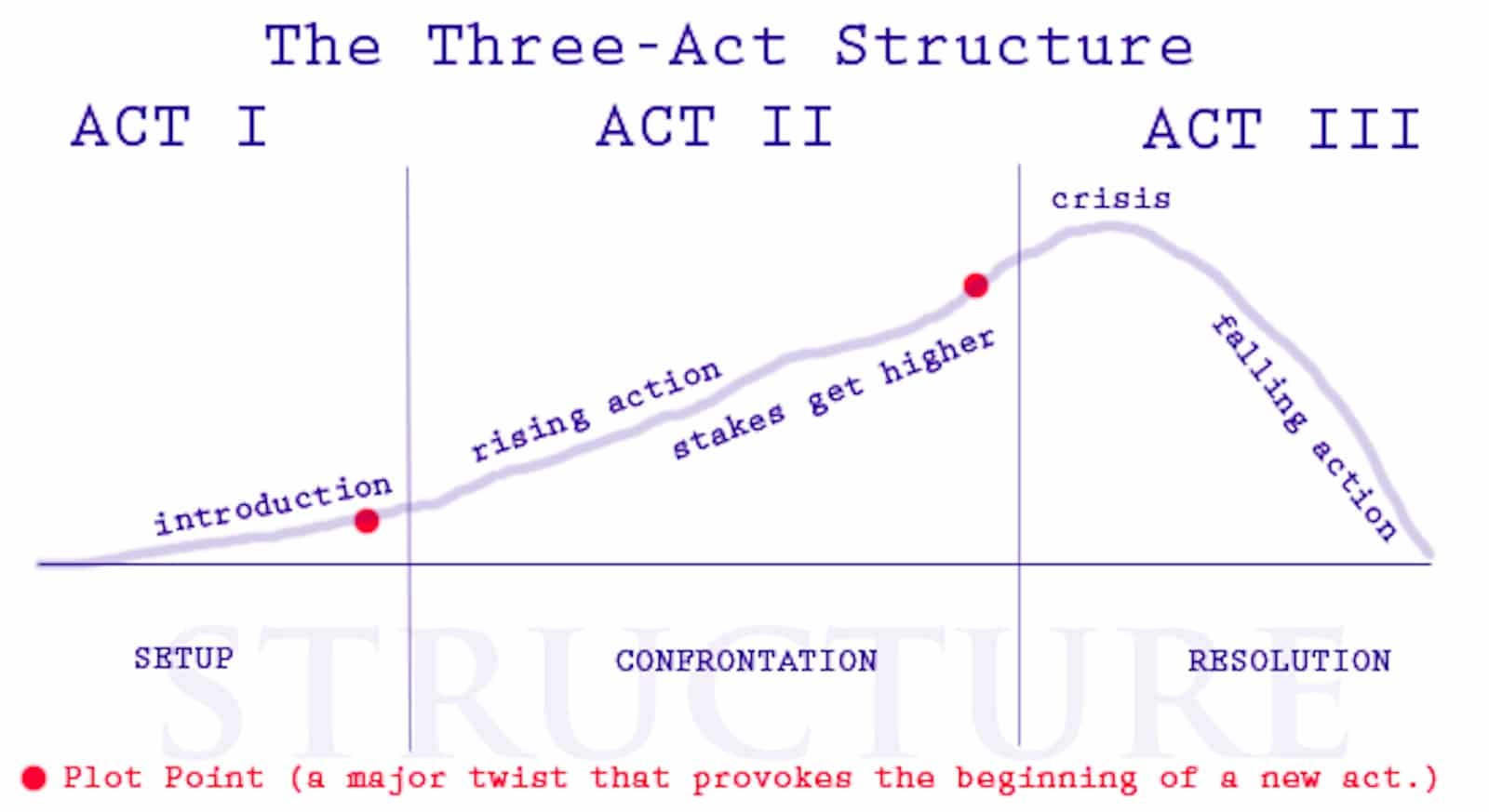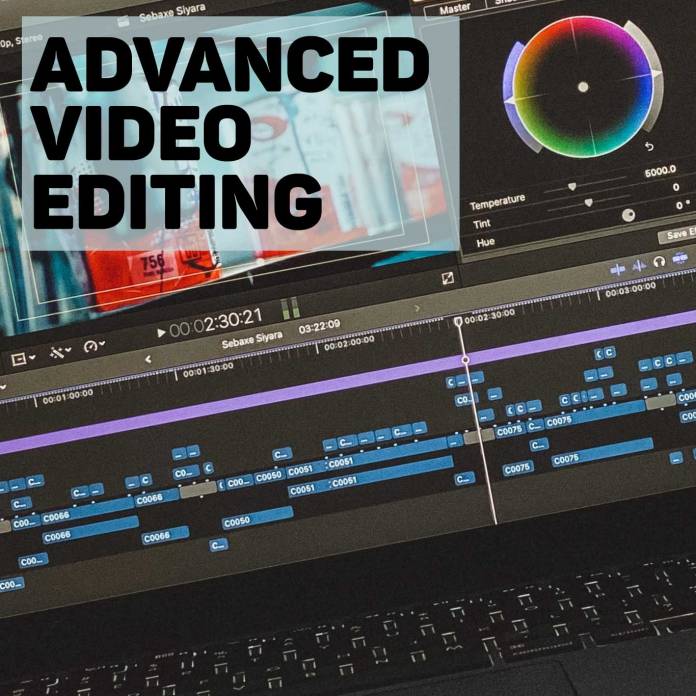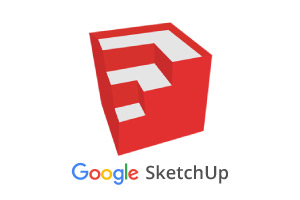
In
the article, Top
Ten Tips When Writing for the Entertainment Medium,
we
discussed 10 sure-fire ways to get you motivated and to jumpstart a
successful writing experience. I hope you found them interesting and
useful.
As
promised on #8, Discover
the secrets to overcome writer’s block, I
could not do this topic justice in just a blurb. So here we go.
What
is writer’s block?
Have you ever sat down to write and the white
screen or page makes your mind go blank. This happens to everyone
more often than you think. What if I were to tell you there are at
least 3 ways to overcome this problem if you find yourself in this
situation. We are going to assume that you are writing a narrative
with characters and situations, but the techniques below can also be
modified for non-fiction categories as well.
Have
you heard of the Tagline, What
if or Can,
and the One
to Two Sentence Scenario.
These are all shortcuts to get you writing immediately even if you
have writer's block. Let’s start with the Tagline.
The
Tagline:
Think
of a catchphrase that captures the essence of your story. Usually, it
expresses a theme/plot or main action in your story. You typically
either see this flashed onscreen or hear it said in a movie trailer.
Some
examples:
In
space, no one can hear you scream.
Two
men; a thousand bullets.
They
were 7 and they fought like 700.
You
will never go into the water again.
You
don’t get to 500 million friends without making a few enemies.
One
ring to rule them all.
Take
a moment, relax your mind, and think of some interesting taglines.
Here is what I came up with:
Mind
over dark matter.
The
ultimate warrior has met his match.
Man
versus machine in the afterlife.
A
one-way ticket to nowhere.
What
If or Can:
Take
a statement and use “what if” or “can” in front. This creates
another unique variation on the tagline. You may find some of the
examples very familiar.
Examples:
What
if an asteroid 30 miles long hit the earth?
What
if a gun had a soul?
What
if machines became smarter than man?
Can
a young boy with psychic powers save the earth from destruction?
Can
an ogre find the love of his dreams when rescuing a beautiful
princess?
Can
a Kung-fu master defeat a steel-plated android?
What
if you could travel at the speed of thought?
What
if you could live forever?
They
say we only use 10% of our brain capacity. What if you had instant
access to the other 90%
The
One-Two Sentence Scenario:
Can
you encapsulate your idea in one to two sentences? With most good
ideas you can. This is the main element that drives your story. You
might recognize some of these examples.
Examples:
An average boy must defeat the jock at the sports competition to win
the girl of his dreams.
A
man accidentally acquires the power of a spider
A
teen race car driver must face-off with an evil millionaire in the
race of death.
Insects
outwit humans in a battle for survival.
A
computer virus saves the world from destruction.
A
celestial phenomenon makes a man super smart.
Now
that you have a start point for your idea, what is next? You will
need to flesh out the concept with more info. A good story requires
who, what, when where, how, and why. A fiction narrative requires a
beginning, middle, and end (3 act structure), a hero and villain, the
inciting incident/conflict that gets the story in motion, and some
kind of resolution that causes the hero to change.
Below
is an example of a worksheet breakdown using the What-if
or Can approach.
It was complete in the classroom by students in under an hour.
Asks
the right questions, then find the answers. Flesh out the rest.
What
if there is life on Mars?
What
type of life?
A
micro-organism. It’s deadly to humans and spreads rapidly.
When
is the story taking place?
In
the future.
Type
of genre?
Science
Fiction / Horror.
Setting?
A
space station orbiting Mars.
What
are the characters?
A
brilliant scientist (hero)
His female assistant (possible love
interest)
An evil general (villain)
A team of covert –ops
The
military has discovered a micro-organism on Mars that, if injected
into a human host gives you super strength and telekinetic powers.
The downside is that it destroys the host within three months. A
brilliant scientist uncovers the plot thanks to help from his
assistant.
Conflict:
They must outwit the evil general and his team of covert-ops who have
been injected with the organism.
Resolution:
Do they win or lose?
They
win.
How?
The
scientist creates an anti-virus serum.
What
change does the hero go through?
The
scientist who was pro-military has a change of heart when the evil
general infects his assistant. The assistant who was envious of the
scientist's mental prowess must rely on his intelligence and her own
wits to stay alive.
At
this point, it is just a matter of getting the sequence of events in
the right order for maximum impact. Hopefully, these techniques will
help you create some unique ideas of your own. For non-fiction
creators, you could generate ideas from your life, the experience of
others, articles /news topics, or historic events using the same
techniques.
Please
respond to this post if you have some tips that we have missed or had
feedback you would like to share. We would love to hear from you. If
you liked this, stay tuned for more to come.
Want more tips? Check out these below
Overcoming Writer's Block Part II
The Top Ten Tips When Writing for the Entertainment Medium
Types of Story and Why it Matters
Character Types Will Make Or Break Your Story
The Importance of Plot and Subplot
Enjoy!














![Triple A Dude Audio Production Resource Guide: 400 + online resources for multimedia artists to maximize audio productivity and creativity by [LeMond, Jon]](https://images-na.ssl-images-amazon.com/images/I/41koYj2wqUL.jpg)


























